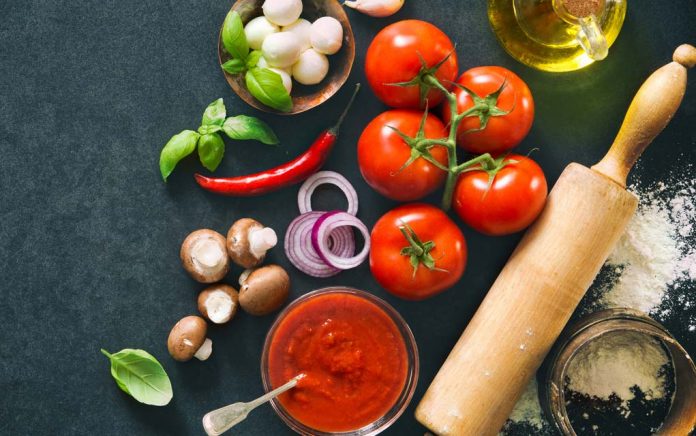
Perhaps you've had a grandparent or older relative give you the "in my day…" story about how they walked 5 miles uphill to school in the snow, shoeless and fighting off saber-toothed tigers. All they had to eat was food so heavy and full of saturated animal fat that most of us-even meat eaters-would cringe at, something like a plate full of boiled mutton. And while these stories may be a bit of an exaggeration, what's not is that within the last half century our food has drastically changed. Things we eat now are not the same as they once were. What happened? How has our nutrition changed?
Meat, Eggs & Dairy
Factory farmed animal products, while an unimaginably huge industry today, were essentially inconceivable fewer than 100 years ago. If you didn't live in a rural setting where you likely raised your own animals, the milkman delivered dairy products from a not so far away dairy. Meat and poultry could be purchased from a local butcher who may have even known the animals personally. Growth hormones, antibiotics and genetically modified feed were never fed to animals. So while it may seem that our recent ancestors ate "too much" of these products, they were eating the healthiest kinds of animal products, those raised on grass, outdoors and hopefully, with a lot of human love too.
Read More: Reasons to Kick Factory Farmed Meat Off Your Plate
Nowadays, of course, that's not the case. More than 10 billion animals (not counting fish) will be raised in American factories this year. Most will never see daylight, except on their way to slaughter. They'll live in dark, tiny and unsanitary conditions where diseases spread rapidly. They'll eat unnatural foods that are loaded with chemicals and drugs that directly impact the humans who eat those animals.
While some farm animals have been bred for "tastier" cuts of meat or sweeter milk, the drugs they are pumped with diminish their nutrient absorption which also decreases our ability to extract those nutrients. To eat like your grandparents, look for organic, grass-fed meat, eggs and dairy. It's even better if you can find a local source, too.
Read More: About Reasons to Choose Grass Fed Dairy Products
Fruits & Vegetables
Conventionally raised produce contain far fewer vitamins and minerals than they did a half-century ago. You can credit pesticides and chemical fertilizers with disrupting soil quality, depleting it of vital nutrients. Run-off from those gnarly animal factory farms pollute soil and water making food borne illness risks more severe, too.
Even organic options are still battling 50 years of depleted soil. It's an uphill battle, but not a losing one. One farmer, Bionutrient Food Association director, Dan Kittredge, hopes to change the criteria for success in farming from high yield to higher nutrient content. He's working with farmers directly to help them battle depleted soil while improving product yields and flavor.
Our grandparents and great-grandparents grew up when organic farming was essentially the norm. And with any luck, so will our grandchildren and great-grandchildren. That's why it's so important that we support organic farmers, local growers and grow our own.
Processed Foods
I watch a lot of movies, particularly films from 70-80 years ago (I mean, come on! Can any film touch The Thin Man series?). And as a food writer, I often notice what the actors are eating. Food has always been a great prop, and many actors rely on it (watch any Brad Pitt movie). Meals were cornerstones of our culture in a much different way back in the old days, and you see a lot of that in those old films. But what you don't see is any junk food. Not in the sense that we eat it today. Even when there is a soda fountain scene-the drinks are considerably smaller, and you had to go to the pharmacy or soda shop to get one. People still valued real food. It was made from scratch. Ingredients were pronounceable.
Things began to change after the 1950s when the idea of shortcuts and faster foods became the norm. Today, our processed foods resemble anything but their original intention. Nearly 80 percent of all processed foods in the U.S. contain genetically modified ingredients. They're full of artificial colors, flavors and sweeteners. They're stabilized with trans fats (although not for much longer) and chemical preservatives and then packaged in plastics that have been known to cause cancer and birth defects.
Read More: Reasons Processed Foods are Killing You
In his Food Rules book, author and food expert Michael Pollan writes that the only junk food we should eat should be what we make ourselves. If we can make that type of commitment to eliminate processed/fast/junk food except for the occasion that we want to make a Twinkie from scratch, we should be able to maintain the healthy relationship with food our ancestors took for granted.










